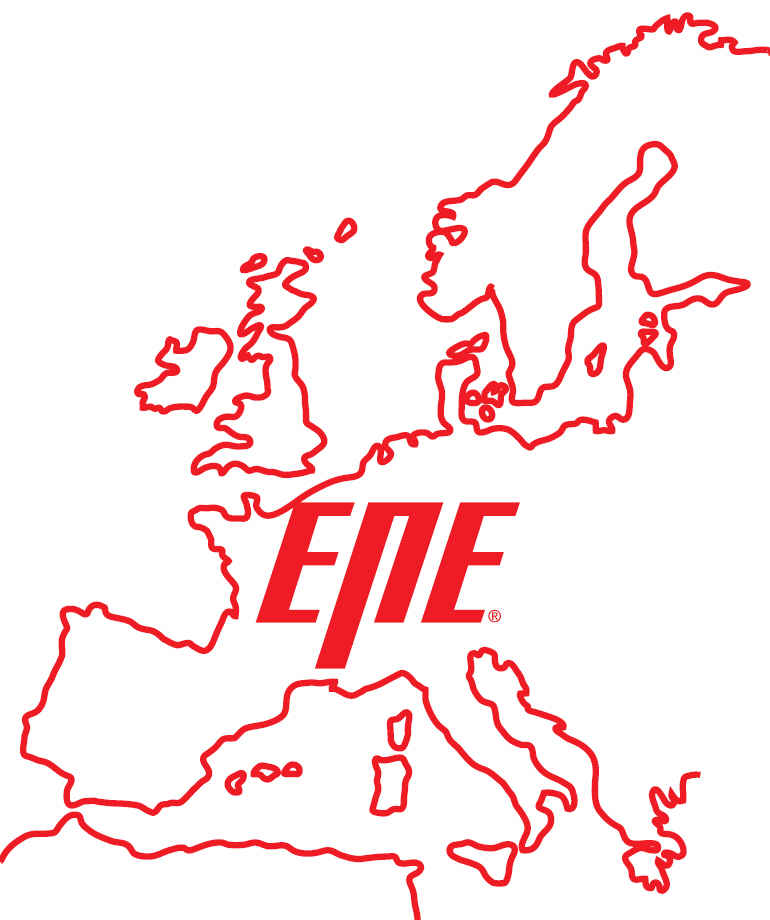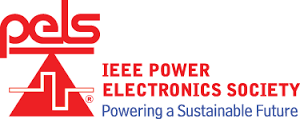EPE'21 ECCE Europe: Keynotes
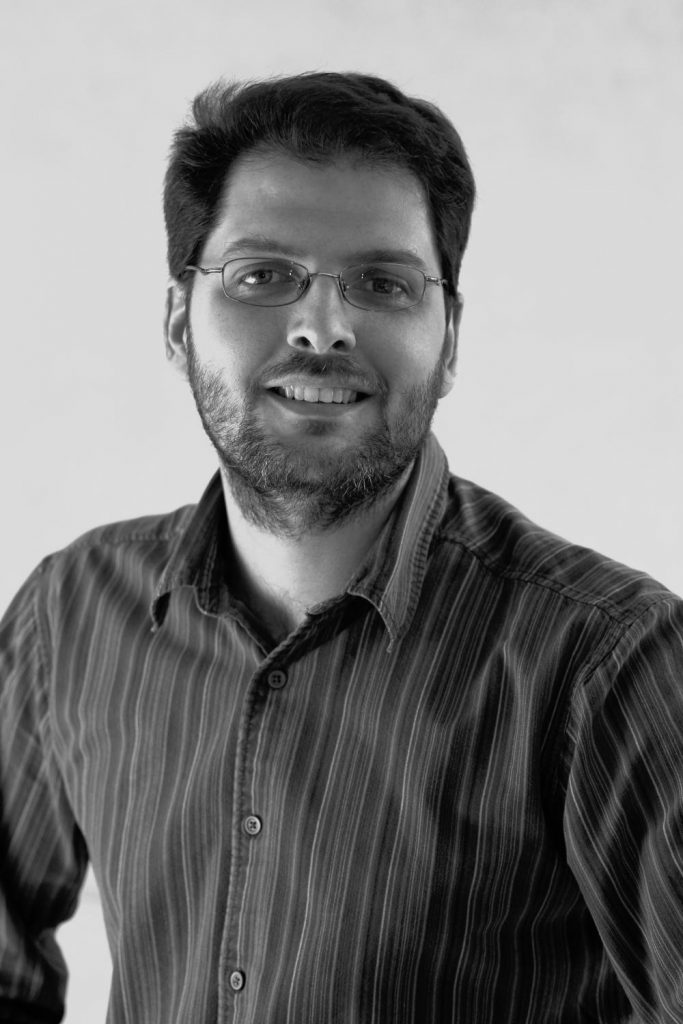
KEYNOTE 1: Tuesday 7 September 2021 – 09:30-10:00
Dr. Florent MOREL
SuperGrid Institute
Research Group Leader
23 rue Cyprian CS 50289
69628 Villeurbanne Cedex – France
https://www.supergrid-institute.com
Abstract:
The introduction of modular multilevel converters (MMCs) created a new momentum in the field of high voltage direct current (HVDC). HVDC is not anymore used only in point-to-point links embedded in ac systems or between asynchronous areas. It is now also used to transport power from offshore wind farms (OWF) far from shore to land and multi-terminal direct current (MTDC) systems are becoming a reality. With the expected massive development of renewable energy sources and the limited rights-of-way to create new overhead lines in many countries, the power system must evolve and HVDC technologies will have a major role to play. This presentation will remind the motivations for dc and MTDC solutions and give a brief state-of-the-art of HVDC converters. Some examples of MTDC will be presented. An insight on the stepwise development of MTDC will highlight new functional needs which can be provided thanks to devices involving power electronics: DC current breakers, DC/DC converters, power flow controllers (or current flow controllers), integration of energy storage elements… For these needs, some technologies and their status of development will be reviewed.

KEYNOTE 2: Tuesday 7 September 2021 – 13:30-14:00
Multi-Scale Control and Modeling of Power-Electronic Systems and Networks
Prof. Dr. Sudip MAZUMDER
University of Illinois at Chicago
Professor and Director of the Laboratory for Energy and Switching-Electronic Systems
President of NextWatt LLC
851 S. Morgan St., Chicago, IL 60607
USA
Abstract:
Power-electronic control and modeling have gone through fundamental shift in its approach with time slowly but surely replacing reduced-order-manifold-based approaches proposed decades back. With the revolution in embedded processors and advancements in multi-objective optimization, stability theory, hybrid systems, and communication/information theory, radically new multi-scale spatio-temporal approaches are being developed and implemented that are showing unprecedented promise for plurality of power-electronic applications and changing the mindset regarding the control and modeling of such hybrid dynamical switching-power systems. At the actuation level, the advent of rapid switching wide-bandgap devices is enabling the accelerated penetration of such next-generation controls across plurality of voltage and power levels encompassing radically improved, new, and complex power-electronic systems. This keynote will begin with an outline on the role of control in traditional power-electronic systems and networks and how they shape the behavior of such hybrid dynamical systems. Subsequently, an overview of the traditional power-electronic control, analysis, and modeling approaches will be provided along with brief discussions on their strengths and limitations. That leads to the future of controls in power electronics and what should and could be done beyond traditional power-electronic control that addresses existing, evolving, and future applications needs encompassing wide temporal and spatial scales? This talk will provide some insights on how and what radically new ideas may need to be synthesized that reach far beyond historical and conventional power-electronic control needs with wide power-conversion applications.
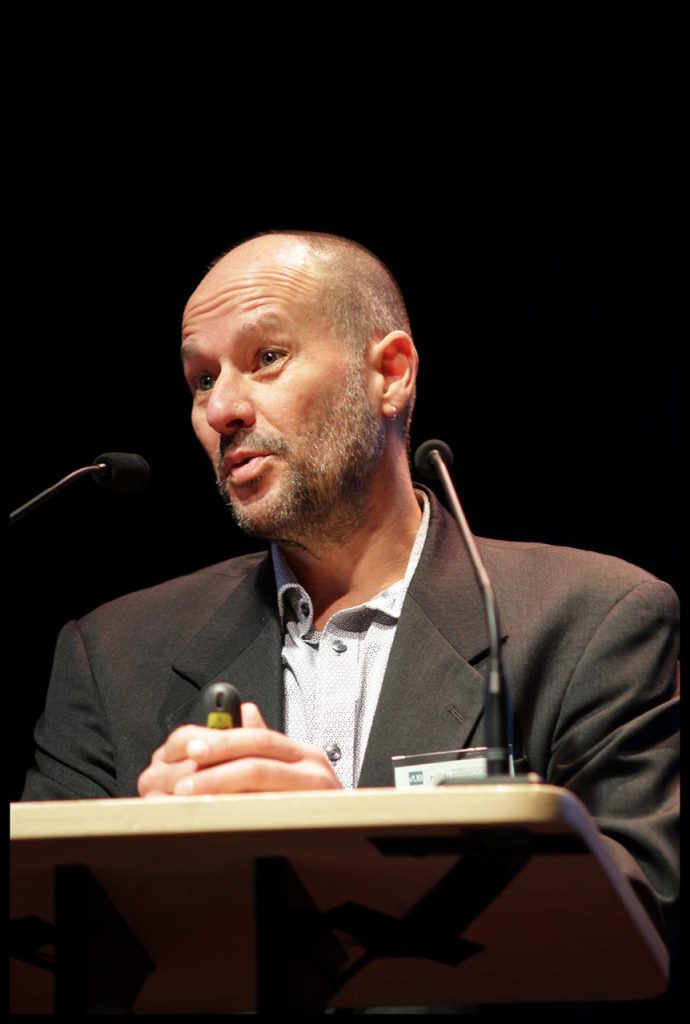
KEYNOTE 3: Wednesday 8 September 2021 – 09:00-09:30
Prof. Dr. Ir. Joeri VAN MIERLO
Director of MOBI – Mobility, Logistics and Automotive technology research centre
Head of ETEC – Department of Electrical Engineering and Energy Technology
Vrije Universiteit Brussel, Belgium
Abstract:
It is an exciting period of time, where the transition towards a more sustainable mobility via the introduction of electric vehicles is taking place. What are the benefits and barriers for the e-mobility developments? Driving range, charging infrastructure availability and especially cost are perceived as important barriers for the market take-up of electric vehicles. Driving range is defined by o.a. battery performance. The challenge of infrastructure lies in the return on investment (chicken and egg problem). And the cost will evolve by technological improvement, market take-up and in the mean time policy support.
The purchase price of electric vehicles is currently higher than of conventional vehicles, however the driving cost is lower. Based on a Total Cost of ownership (TCO) different vehicle technologies can be compared. Results are strongly depending on the market segment assessed as well as on the incentives put forward by the legislation.
How to compare the environmental performance of different vehicle technologies? Vehicles with lower tailpipe emissions are perceived as cleaner. However, does it make sense to look only to tailpipe emissions? Limiting the comparison only to these emissions denies the fact that there are emissions involved during the production of a fuel. Would it be enough to combine fuel production and tailpipe emissions? Especially when comparing the environmental performance of electric vehicle technologies, the emissions during production of the specific components and their appropriate end-of-life treatment processes should also be taken into account. Therefore, the complete life cycle (LCA) of the vehicle should be included in order to avoid problem shifting from one life stage to another.
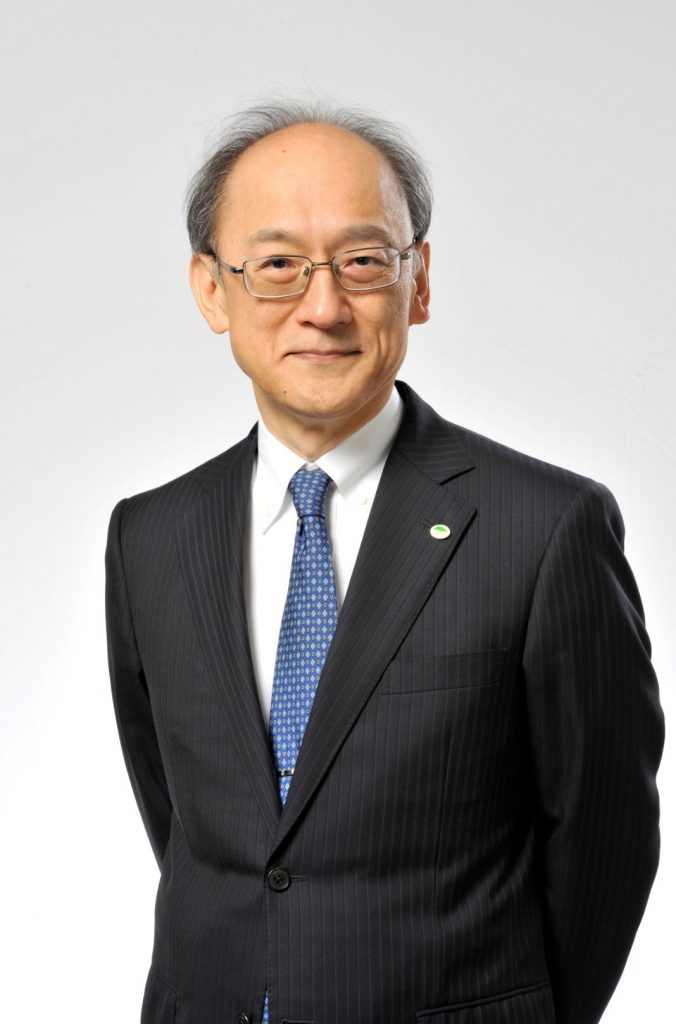
KEYNOTE 4: Wednesday 8 September 2021 – 09:30-10:00
HITACHI’s vision for a carbon-neutral future
Dr. Norihiro SUZUKI
Vice President & Executive Officer
Chief Technology Officer
Hitachi, Ltd.
Abstract:
To resolve the global challenge of climate change, all sectors – beyond the boundaries of nation or organization – are working together to create new value. Hitachi is also accelerating its efforts to contribute to a circular economy and help realize a carbon-neutral society.
Hitachi’s mission is to contribute to society through technology; not just by providing societal infrastructure and products such as energy equipment and rail but also through what we call Social Innovation Business where digital technology is leveraged to deliver new value. Our approach is to work closely with the stakeholders in the ecosystem to drive innovation and co-create solutions that will raise QoL (quality-of-life). The presentation will share what we hope to achieve through Social Innovation Business using “green solutions” in energy systems and transportation focusing on carbon neutrality, as well as R&D activity in electrification and power electronics as examples, and the important role that we believe an industry-academia-government-ecosystem has in driving this innovation.
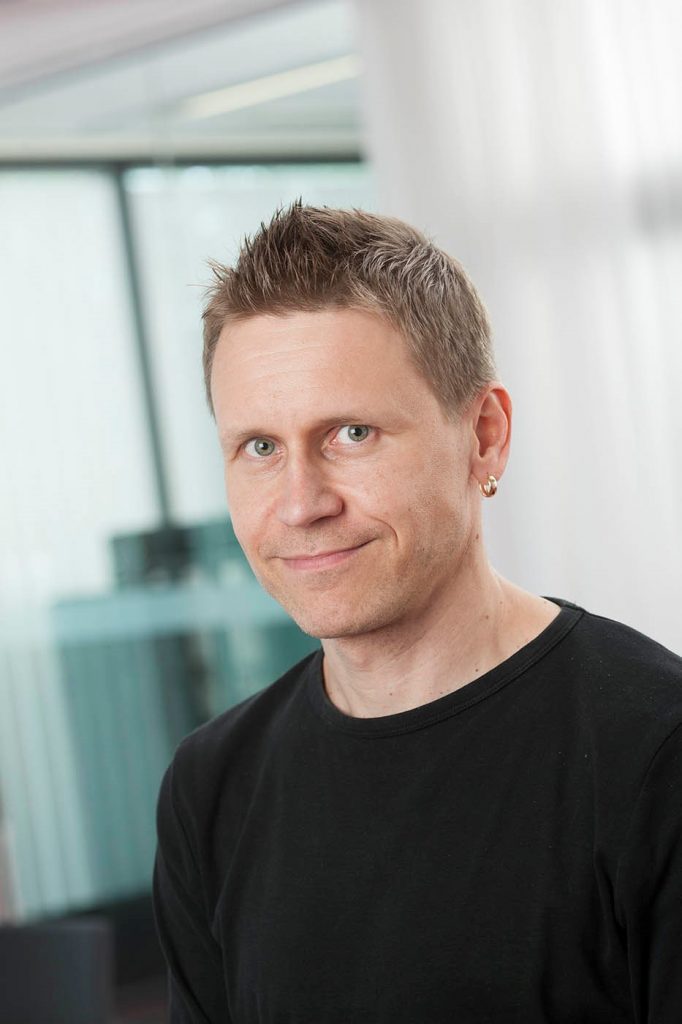
KEYNOTE 5: Wednesday 8 September 2021 – 13:30-14:00
Hybrid Electric Solutions for Marine Applications
Dr. Sami KANERVA
Global Product Manager, Fuel Cells
ABB Oy, Marine & Ports
P.O. Box 185, FI-00981 Helsinki
Finland
Abstract:
The transition to a sustainable economy is one of the major undertakings in human history. Meeting the International Maritime Organization’s goal of halving greenhouse gas emissions from ships by 2050 is a critical step toward sustainability. It will require a comprehensive and proactive response from the maritime community. Shipping is well positioned to take concrete action by choosing to implement technologies that provide reduced fuel consumption and lower emissions.
Technical solutions to improve energy efficiency and to decarbonize shipping are increasingly leading towards electrification in marine applications. Electric propulsion enables to optimize the power production under varying load profiles, and simplifies integration of energy storage systems and alternative power sources. In marine power distribution, DC grid solutions are gaining popularity and increasing the content of power electronics in shipboard power systems.
Strict regulations and requirements to cut emissions are accelerating investments in renewable hydrogen and electrofuels. Accordingly, the marine industry is undergoing a rapid transition from fossil to alternative low-carbon fuels. This will introduce fuel cells as a credible alternative to internal combustion engines, and further increasing the share of electric power distribution semiconductor-based power conversion.
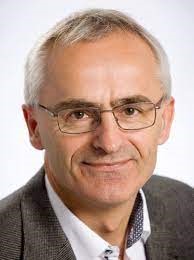
KEYNOTE 6: Thursday 9 September 2021 – 09:30-10:00
Reliability of Modern Power Electronic based Power Systems
Prof. Dr. Ir. Frede BLAABJERG
Department of Energy Technology
Aalborg University, Denmark
Abstract:
Electrification is one of the pragmatic solutions for decarbonization and making a greener society. Renewable energy generations, electric transportation systems, smart- and micro-grid technologies, as well as digitalization are essential parts of sustainable electric networks. Power Electronics paly an underpinning role in the energy conversion process of these technologies. However, power electronics might be a frequent source of failure and may cause unplanned downtime and costs in the case of inappropriate design and operation. This is due to the fact that power electronic converters may introduce static challenges associated with their hardware and electro-thermal characteristics as well as dynamic issues in relation with the electro-magnetic and electro-mechanical interactions. This talk will present the challenges and address the latest advanced approaches for system-level, model-based reliable design and operation of future power electronic based power systems.
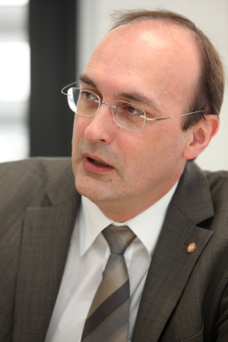
KEYNOTE 7: Thursday 9 September 2021 – 13:30-14:00
Power Electronics – A Key Enabling Technology to realize the Green Deal
Prof. Dr. Ir. Rik DE DONCKER
RWTH Aachen University
E.ON Energy Research Center & Research Campus Flexible Networks
Aachen, Germany
Abstract:
Awareness of global climate change due to the high consumption of fossil fuels has stimulated worldwide research and innovation towards a CO2-free energy supply. To realize this energy transformation innovation is required not only on the power generation, energy storage and the consumption side, but also, more importantly on the energy distribution infrastructure. In all these sectors, power electronic energy conversion systems are needed. The presentation will focus on power electronic solutions for flexible electrical grid infrastructure, in particular on DC technologies that better serve wind farms, PV systems, factories, building heating and cooling systems and fast charging infrastructure in the urban environment.

KEYNOTE 8: Thursday 9 September 2021 – 16:10-16:40
Power Electronics, a Key Technology for the Renewable Energy System Integration
Hélène CHRAYE
European Commission, DG R&I
Head of Unit Clean Energy Transition
Abstract:
Efficient and effective network management is the key to the integration of renewables in an efficient way that ensures cost-effectiveness and affordability, security of supply and grid stability. Real time monitoring and optimisation are necessary to increase the flexibility, through solutions such as storage, demand response or flexible generation among others, to integrate higher shares of variable renewable energy and to serve the whole of the EU territory.
Exploiting synergies between electricity, heating and cooling networks, gas networks, transport infrastructure and digital infrastructure will be crucial for enabling the smart, integrated, flexible, green and sustainable operation of the relevant infrastructures. Besides hydrogen and batteries other storage technologies are necessary to create a set of flexibility options. Similarly, integration of local, small, or micro grids raises a challenge at the level of the European energy network.
Using highly efficient power electronics in power generation, power transmission/distribution and end-user application, together with advanced control solutions paves the way for the transition from the conventional and fossil-based energy system to a renewables based one.
Important points of consideration for this transition are flexible generation, grid flexibility (network infrastructures), system stability and flexible operations, energy storage integration, demand side flexibility, advanced planning for flexible systems, innovative market design, business models and regulatory framework, secure digitalised energy system, integrated platforms for management and control of energy assets, effective and efficient solutions for transporting off-shore energy, direct Current grid solutions.
Through system and technology development, European R&I strongly supports increasing the efficiency and effectiveness of the European energy system and help integrating it with its neighbours, accelerating the transition towards renewable energy, which is the key component for the EU to reach its 2050 decarbonisation objective.
















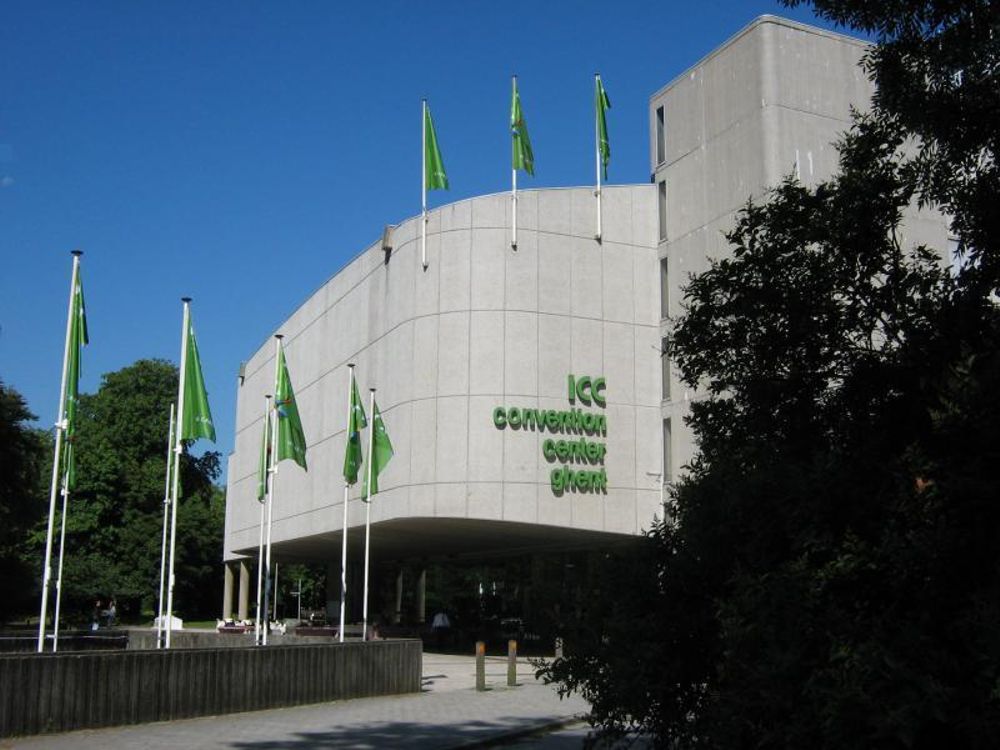

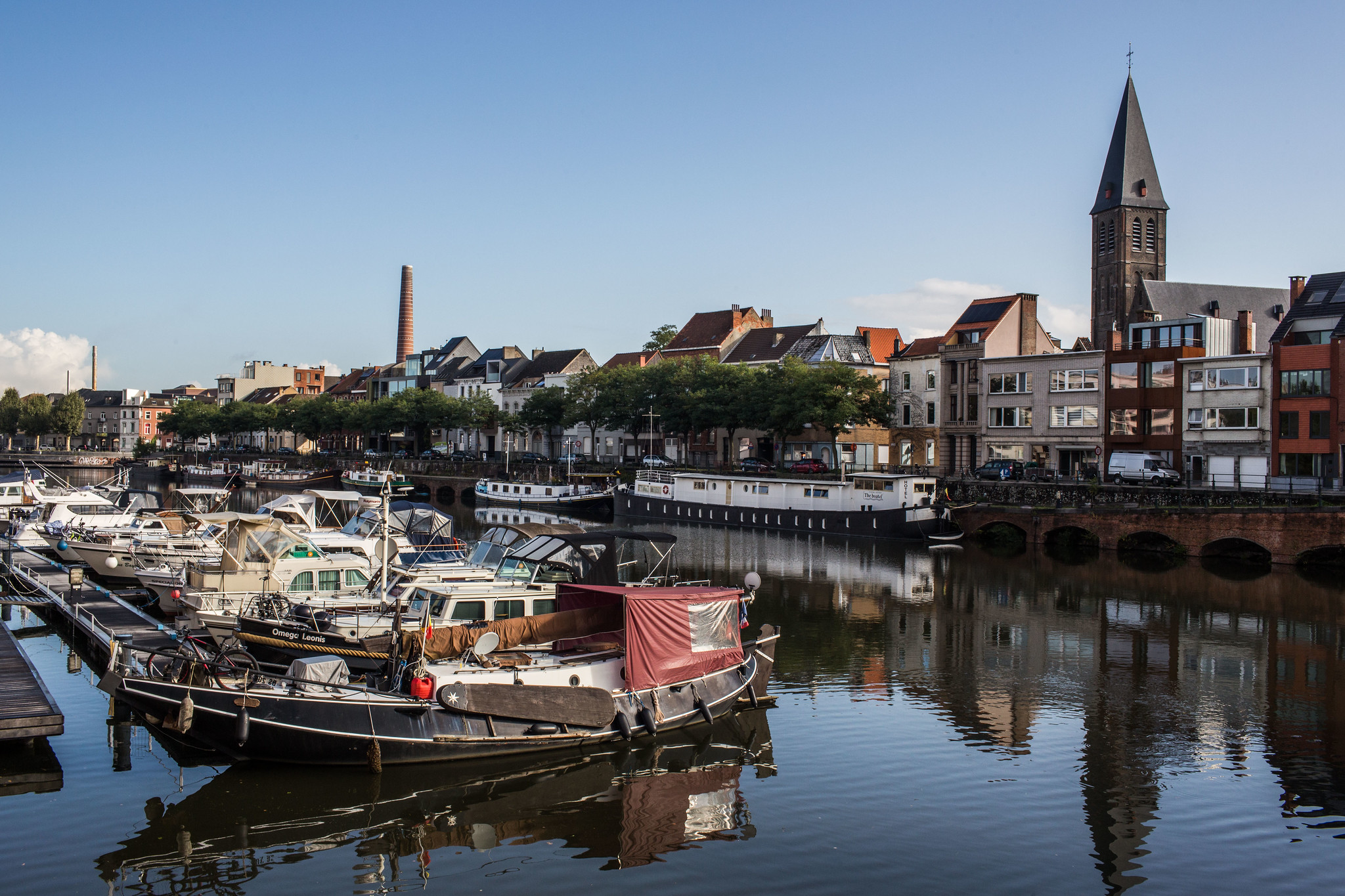





©VisitGent
©VisitGent
©VisitGent
©VisitGent
©VisitGent
©VisitGent
©VisitGent
©VisitGent
©VisitGent
©VisitGent
©VisitGent
©VisitGent
©VisitGent
©VisitGent

